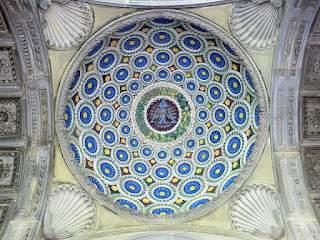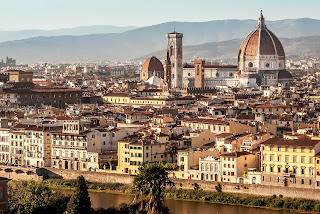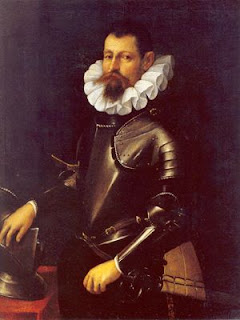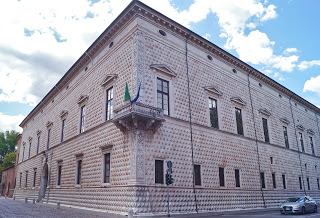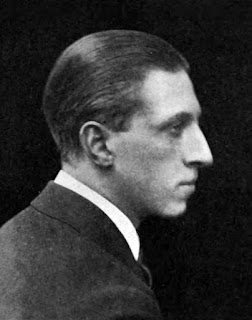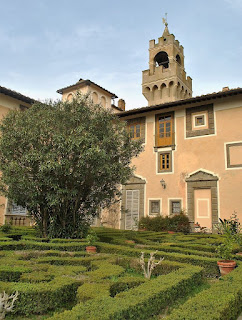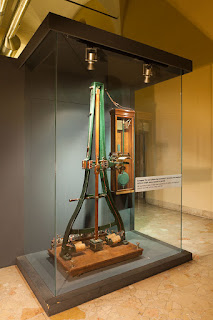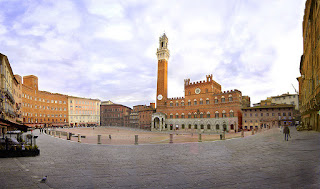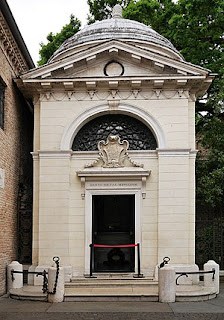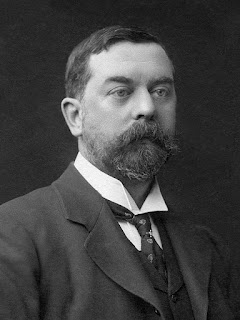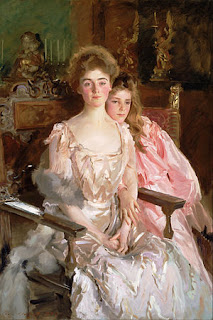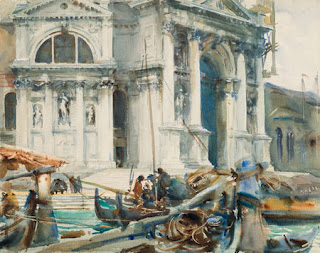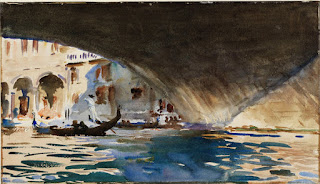Precise and sensitive musician enjoyed a long and distinguished career
 |
| Vittorio Gui enjoyed a long and distinguished career |
Gui composed his own operas, while travelling around Italy and Europe conducting the music of other composers. He spent many years conducting in Britain and served as the musical director of the Glyndebourne Festival for 12 years.
He was taught to play the piano by his mother when he was a young child. He graduated in Humanities at the University of Rome and then studied composition at the Accademia Nazionale di Santa Cecilia.
The premiere of his opera, David, took place in Rome in 1907. He made his professional conducting debut at the Teatro Adriano in Rome in the same year, having been brought in as a substitute to lead Ponchielli’s La Gioconda.
This led to Gui being invited to conduct in Rome and Turin. Arturo Toscanini then invited him to conduct Salome by Richard Strauss as the season opener at La Scala in Milan in 1923.
He conducted at the Teatro Regio in Turin between 1925 and 1927 and premiered his own fairytale opera, Fata Malerba, there.
Gui founded the Orchestra Stabile in Florence and developed the Maggio Musicale Fiorentino festival, which he led for ten years, conducting the Orchestra Stabile and trying out unusual operas there.
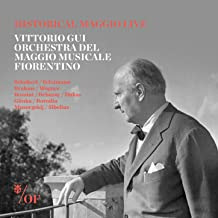 |
| Some recordings of performances conducted by Gui are still available |
Complete recordings of Gui conducting Il Trovatore and La Traviata from the 1939 Covent Garden season have survived.
Gui remained in Britain during World War Two and made his debut at the Glyndebourne Festival in 1948. He served as musical director there from 1951 to 1963 and as artistic counsellor to the festival from 1963 to 1965.
He was particularly known for his conducting of music by Brahms and in 1947, on the 50th anniversary of the death of Brahms, he conducted a complete cycle of the orchestral and choral works of the composer throughout Italy.
A prolific writer and critic, Gui’s works include a study of Boito’s opera, Nerone, an article on Mozart in Italy and a collection of essays, Battuta d’aspetto.
Gui died in October 1975 at his home in Florence at the age of 90 after an attack of angina. He had made his final appearance as a conductor in Italy just two weeks before his death, when he inaugurated the new season at the Teatro Comunale in Florence with a concert of Mozart and Brahms.
He was considered by critics to have been one of the most precise and sensitive conductors of the 20th century and he had been presented with a gold medal by the regional administration of Florence on 14 September, 1975, his 90th birthday.
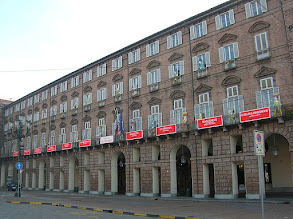 |
| The Teatro Regio in Turin was closed for 37 years after a catastrophic fire in 1936 |
The Teatro Regio in Turin, where Gui conducted in the 1920s, was burnt down in a catastrophic fire in 1936. It remained dark for 37 years until reopening in 1973. The theatre, which is in Piazza Castello close to the Palazzo Reale in the centre of the city, had something of a chequered history even before the fire. Inaugurated in 1740, it was closed by royal decree in 1792 then reopened with the French occupation of Turin during the early 19th century, first as the Teatro Nazionale and then the Teatro Imperiale before its original name was reinstated with the fall of Napoleon in 1814. It endured several financial crises in the late 1800s but somehow survived.
Travel tip: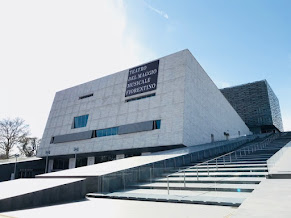
The Teatro del Maggio Musicale
has been fully open only since 2014
The Orchestra Stabile Fiorentina founded by Gui evolved into the Orchestra del Maggio Musicale Fiorentino, resident at the Teatro Comunale in Corso Italia, on the edge of the city’s historic centre, about 1.5km (1 mile) from the Ponte Vecchio along the Arno river. Since 2014, the May Festival has had its own base at the new Teatro del Maggio Musicale Fiorentino, situated less than one kilometre away on land opposite the vast public park known as Le Cascine. Designed by Paolo Desideri, it was inaugurated in 2011 with a performance of Beethoven's Ninth Symphony conducted by Zubin Mehta, although not fully opened until 2014-15, when its first opera season was staged. The square in front of the theatre is named Piazza Vittorio Gui in honour of the festival’s founder.
Also on this day:
1321: The death of the poet Dante Alighieri
1937: The birth of architect Renzo Piano
1938: The birth of journalist Tiziano Terzani
